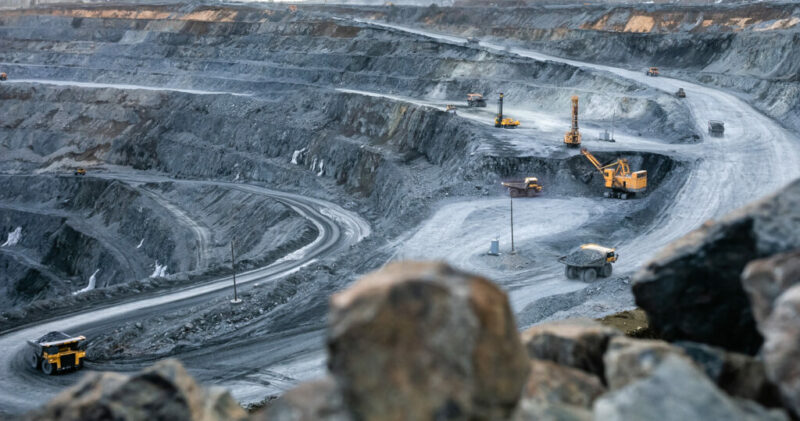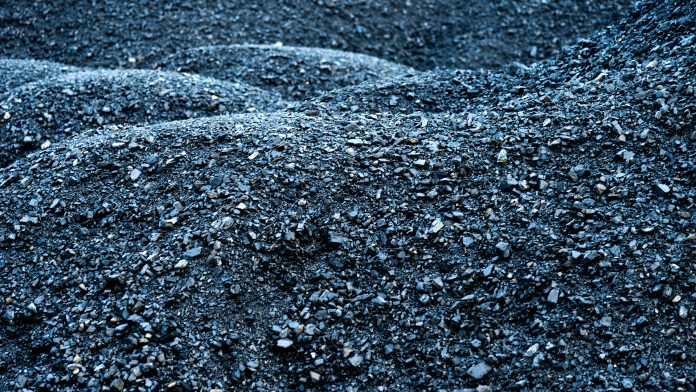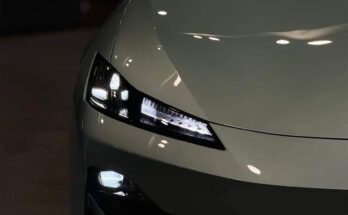New investments are being made in the United States and Europe to compete with China’s monopoly on graphite, a crucial component of most electric vehicle batteries, but experts in the field predict that this will be a difficult task.
The spotlight is now on synthetic graphite, an element created in the late 19th century but only recently redirected towards EVs. Its use is expanding quickly. By 2025, synthetic graphite may represent nearly two-thirds of the market for EV battery anodes, predicts Benchmark Mineral Intelligence.
Related: How Did China Come to Dominate the World of Electric Cars?
Each EV on average requires 50-100 kg of graphite in its battery pack for the anodes, or negative electrodes of a battery, which is roughly twice the amount of lithium. Researchers at Mordor Intelligence predict that the market for synthetic graphite will increase by more than 40% over the following five years, reaching $4.2 billion in 2028. However, companies looking to carve out a new niche must contend with China’s fierce competition.

China refines more than 90% of the world’s natural graphite — used in virtually all EV battery anodes — and Chinese battery materials giants such as BTR and Shanshan are investing hundreds of millions of dollars to ramp up production of synthetic graphite. According to Chris Burns, chief executive officer of Australian battery materials supplier Novonix:
“It’s dumbfounding, especially on the anode side, to see the number and the scale of participants. Guys like BTR and Shanshan just keep growing out of proportion to the rest of the world.”
While Chinese producers control a significant share of the small, but growing synthetic graphite market, newcomers such as U.S.-based Anovion, Novonix, and Norway’s Vianode are being driven by a couple of factors. It’s easier to set up a synthetic graphite production facility than it is to commission new mining sites for natural graphite because producers can take advantage of incentives in last year’s U.S. Inflation Reduction Act to build synthetic graphite capacity in the U.S. or Free Trade Agreement partners, she said. And new facilities don’t need to be located near a graphite mine.
Related: China Produced its 20 Millionth New Energy Vehicle
According to experts, synthetic graphite has a higher purity performs better, and is more predictable than natural graphite. Additionally, the difference in price between the two has significantly narrowed this year, encouraging manufacturers to add even more synthetic material to their battery anodes, which still account for less than 10% of the price of an EV battery cell.

The growing need for clean, consistent battery material “is one of the main drivers for synthetic graphite,” according to battery expert Bob Galyen, founder of Galyen Energy and former chief technology officer of China’s CATL the world’s largest EV battery maker. Still, the construction of new production facilities for synthetic graphite, even with federal incentives, requires a staggering investment, said Novonix’s Burns. “The biggest challenge that our industry faces is the amount of capital that has to flow to make a dent in the supply chain.”
Related: India Announces First Significant Discovery of Lithium Reserves in Jammu & Kashmir
In the meantime, China will continue to dominate synthetic graphite production, according to researcher Fastmarkets, which forecasts Chinese production of the material will grow from about 1.6 million metric tons this year to 2 million in 2030. “The real truth is China will be the biggest player in this market for the next 10 or 20 years,” said Burns. “The balance of supply and demand is and will remain absurdly askew for the balance of this decade in terms of North American options.”
Source: Reuters

A computer animation professional with over 23 years of industry experience having served in leading organizations, TV channels & production facilities in Pakistan. An avid car enthusiast and petrolhead with an affection to deliver quality content to help shape opinions. Formerly written for PakWheels as well as major publications including Dawn. Founder of CarSpiritPK.com




